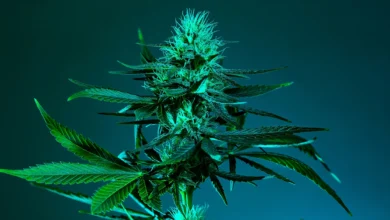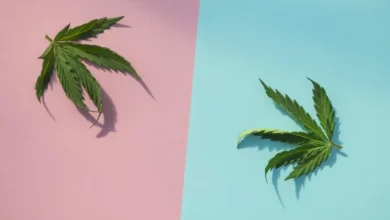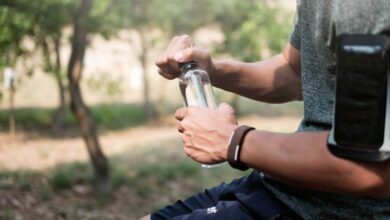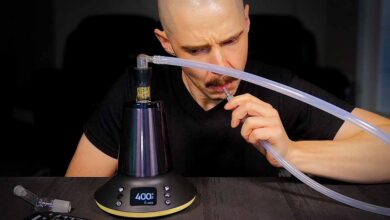How to Improve Cannabis Yields with a Grow Tent

While there’s a lot of disagreement among growers on topics like grow room lights and ventilation systems, one thing is agreed on across the board: using a grow tent is a great way to boost overall yields.
This doesn’t mean that a grow tent is right for every indoor gardening situation, but it does mean that you should at least consider using a grow tent if it makes sense for your crop. Grow tents help growers to stay organized, they make climate control a lot simpler, and they minimize damage to your home.
If you consider it and you end up deciding that yes, a grow tent is right for you, be sure to follow these steps for guidance on how to improve your cannabis yields.
Start with the Right Genes
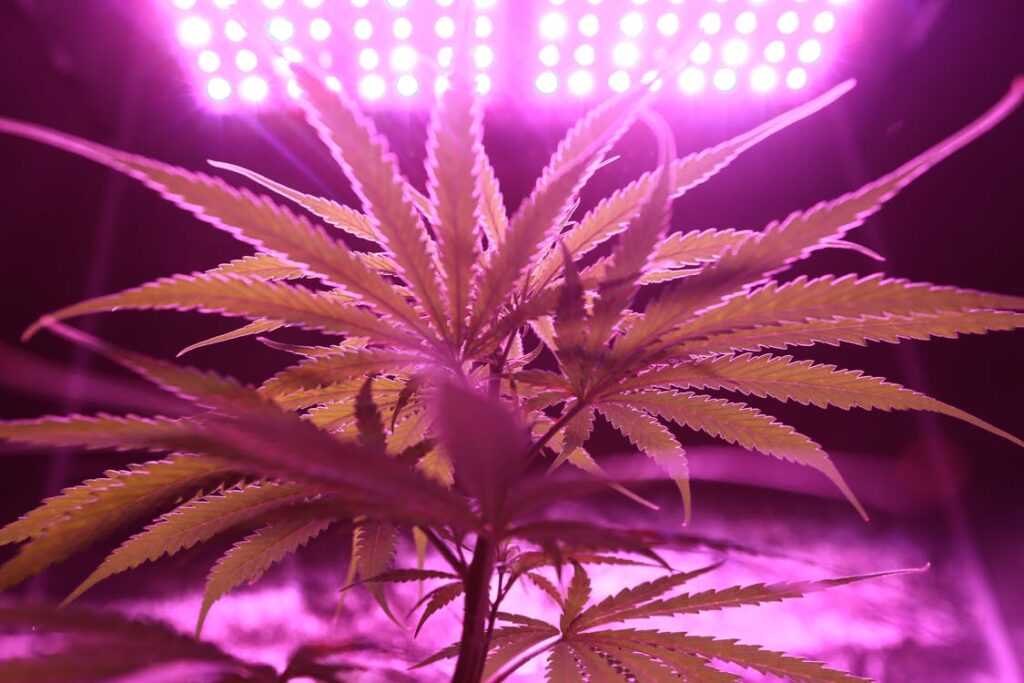
There are a lot of variations among cannabis genetics, and a plant’s genes determine many things about the way that plant’s buds will taste, smell, and look. Genes play a role in the amount of THC, and choosing the right genes could even be the difference between small nuggets and massive, dense buds.
The key to high yields (or at least one of them) is to start with the right genetics. Starting with a strain that’s known for its higher-than-average yields is a great way to get off the ground running, so consider high-yielding strains like Sour Diesel and Wonder Woman.
Don’t just focus on the strain, but also the breeder. When selecting your seeds and clones, the breeder’s reputation does make a difference; it’s better to buy seeds for a high-yielding from a breeder that you’ve actually heard of, like Dinafem or DNA Genetics.
Grow the Right Number of Plants

This first rule is important no matter where you choose to grow, but it’s especially important in a grow tent. With a tent, you’re probably more limited on space than you would have been growing in a room, garage, or basement, so decide on the appropriate number of plants and stick to it.
This isn’t a guessing game situation. There’s a strategic way to select the right amount of plants based on square footage and strain genetics. The number of plants you grow can have an impact on the final yields, either in a good or bad way.
With a grow tent, a lot of growers find that they’re better off growing fewer large plants (rather than a larger number of smaller plants) to end up with the same yield results. So try not to assume that the best way to do things is to cram as many plants into the small space as possible because it’s usually just the opposite.
Choose the Right Containers

Just as there are a lot of different tents to choose from in any grow tent guide like this one, there are just as many – if not more – different plant containers to choose from. When deciding on the containers to house your plants, don’t just focus on size, but also the type of container.
The most popular type of container to go with is the standard plastic pot. These are cheap, easy to use, and definitely serve their purpose. However, there are also air/fabric containers, which promote faster plant growth since they allow the roots to access more air. The downside of these is that they require more frequent watering, so there’s more work involved.
How to Choose the Right Size

Once you’ve weighed the pros and cons of container types, the next step is to select the proper size. Most growers follow the general rule that every 12” of plant needs 2 gallons of container volume. So if you plan on growing 1’ plants, you’ll want 2-gallon containers. For 2’ plants, you’ll want a 4-gallon container…
It’s always better to err on the side of too big than it is to use too-small containers. Larger containers allow for more root space, and when the roots have room to stretch, the buds have a better chance of reaching their full potential.
According to the Portland Parks and Recreation Department, “a small root system can only support the photosynthesis of a small canopy, and roots can only grow larger if they have enough energy (sugar) provided by the leaves.” Give those roots room to grow.
With Forming Buds, Increase Your Light Intensity

There’s a very simple equation that most growers always have at the forefront of their minds, and it’s Light = Food = Energy. Just as you eat food that eventually turns into energy, plants consume light and use this as energy they need to perform normal plant functions.
While the plants are young and still developing, you shouldn’t bombard them with too much highly-intense light. But as soon as the buds start forming, it’s time to ramp up that light intensity so that your plants can use that light as energy to produce bigger buds.
There are a few different ways to increase light intensity:
- You can get a bigger grow light with a higher wattage
- You can bring the light closer to the plant canopy (as long as it doesn’t cause stress)
- You can utilize plant training (LST) so that more light reaches the buds
Grow the Plants to a Size that Makes Sense

As a grower, you have control over a lot of things when it comes to your crop. You even have control over how big the plants will be, at least to some extent. While some growers assume it’s best to let the plants grow to the biggest size possible, that’s not actually the case.
Plants that are too big cause significant problems. For one thing, they tend to grow too close to the lights. When that happens, the buds end up suffering, and you’re more likely to harvest buds that lack density when you don’t take measures to keep your plants from getting too big. To prevent that, use tried and true methods like low-stress training to improve your yields.
These tips may seem like common sense, but even more, experienced growers struggle with basic things like container size and light intensity. There are plenty of ways to get higher yields in your to grow tent, but start out by focusing on these basics.
